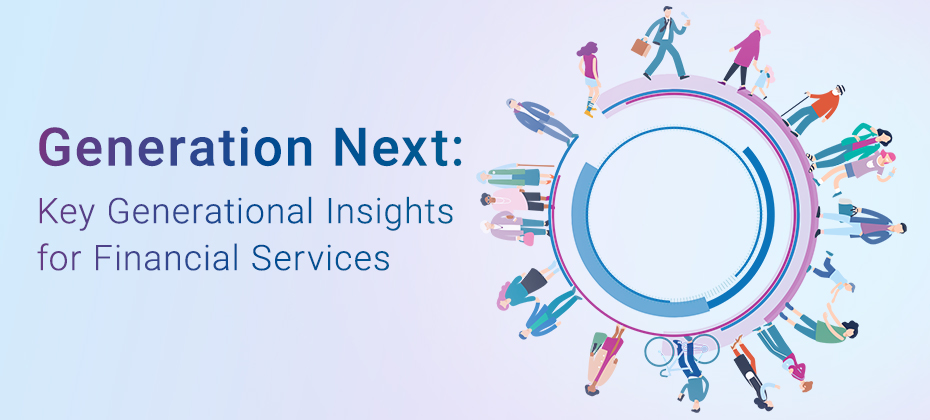This article was updated on February 23, 2024.
First impressions are always important – whether it’s for a job interview, a first date or when pitching a client. The same goes for financial services onboarding as it’s an opportunity for organizations to foster lifetime loyalty with customers. As a result, financial institutions are on the hunt now more than ever for frictionless online identity verification methods to validate genuine customers and maintain positive experiences during the online onboarding process.
In a predominantly digital-first world, financial companies are increasingly focused on the customer experience and creating the most seamless online onboarding process. However, according to Experian’s 2023 Identity and Fraud Report, more than half of U.S. consumers considered dropping out during account opening due to friction and a less-than positive experience.
And as technology continues to advance, digital financial services onboarding, not surprisingly, increases the demand for fraud protection and authentication methods – namely with digital identity (ID) verification processes. According to Experian’s report, 64% of consumers are very or somewhat concerned with online security, with identity theft being their top concern.
So how can financial institutions guarantee a frictionless online onboarding experience while executing proper authentication methods and maintaining security and fraud detection?
The answer? While a “frictionless” experience can seem like a bit of a unicorn, there are some ways to get close:
- Utilizing better data – Digital devices offer an extensive amount of data that’s useful in determining risk. Characteristics that allow the identification of a specific device, the behaviors associated with the device and information about a device’s owner can be captured without adding friction for the user.
- Analytics – Once the data is collected, advanced analytics uses information based on behavioral data, digital intelligence, phone intelligence and email intelligence to analyze for risk. While there’s friction in the initial ask for the input data, the risk prediction improves with more data.
- Document verification and biometric identity verification – Real-time document verification used in conjunction with facial biometrics, behavioral biometrics and other physical characteristics allows for rapid onboarding and helps to maintain a low friction customer journey. Financial institutions can utilize document verification to replace manual long-form applications for rapid onboarding and immediately verify new data at the point of entry. Using their mobile phones, consumers can photograph and upload identity documents to pre-fill applications. Document authenticity can be verified in real-time. Biometrics, including facial, behavioral, or other physical characteristics (like fingerprints), are low-touch methods of customer authentication that can be used synchronously with document verification.
Optimize your financial services onboarding process
Experian understands how critical identity management and fraud protection is when it comes to the online onboarding process and identity verification. That’s why we created layered digital identity verification and risk segmentation solutions to help legitimize your customers with confidence while improving the customer experience. Our identity verification solutions use advanced technology and capabilities to correctly identify and verify real customers while mitigating fraud and maintaining frictionless customer experiences.



